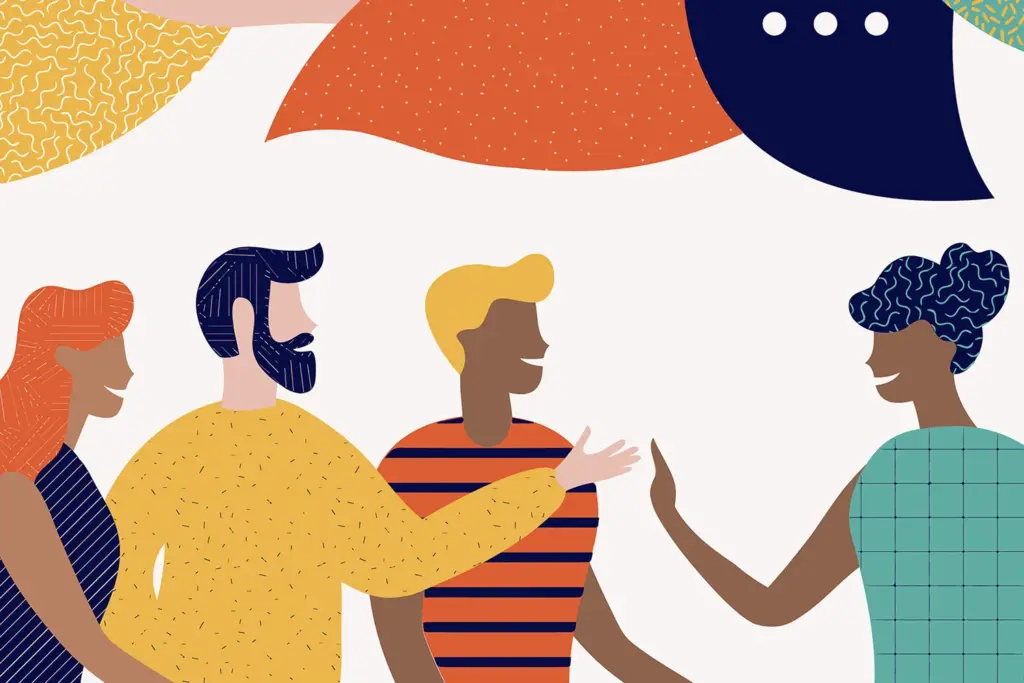Language is a living entity that evolves continuously. One fascinating aspect of this evolution is linguistic borrowing—the adoption of words or expressions from one language into another. This phenomenon occurs due to interactions between language users through commerce, migration, or travel. Borrowing also happens when there are no equivalent terms in the borrowing language, making it essential for translating new realities, inventions, and innovations.

Types of Borrowings
- Direct Borrowings: These are words adopted without significant alteration. Examples include “patio” from Spanish, “karaoke” from Japanese, “mascara” from Spanish, “tattoo” from Polynesian languages, and “piano” from Italian.
- Semantic Calques: These are words translated literally from another language. For instance, the French word “gratte-ciel” is a direct translation of the English term “skyscraper.”
- Phraseological Calques: These are phrases translated directly. For example, the French phrase “ce n’est pas ma tasse de thé” is borrowed from the English “it’s not my cup of tea.” Another example is “tire-toi une bûche” in Quebec French, meaning “take a seat,” which is a direct translation from the English “pull yourself up a log.”
Examples of Borrowings in Daily Life
- Culinary Terms: Many culinary terms have been borrowed from other languages. For example, “croissant,” “bistro,” and “soufflé” are French words used in English. Similarly, “sushi,” “ramen,” and “tempura” are Japanese words that have entered the English lexicon.
- Fashion Terms: Fashion is another domain where borrowing is prevalent. Words like “haute couture,” “boutique,” and “avant-garde” are French terms widely used in English-speaking fashion circles.
- Technology and Science: Technological advancements often necessitate borrowing. For example, “robot” comes from the Czech word “robota,” and “algorithm” comes from the name of the Persian mathematician Al-Khwarizmi.
Linguistic borrowings enrich the borrowing language, providing new tools for expression and understanding. It’s a testament to the interconnectedness of human societies and the cultural exchanges that shape our world.